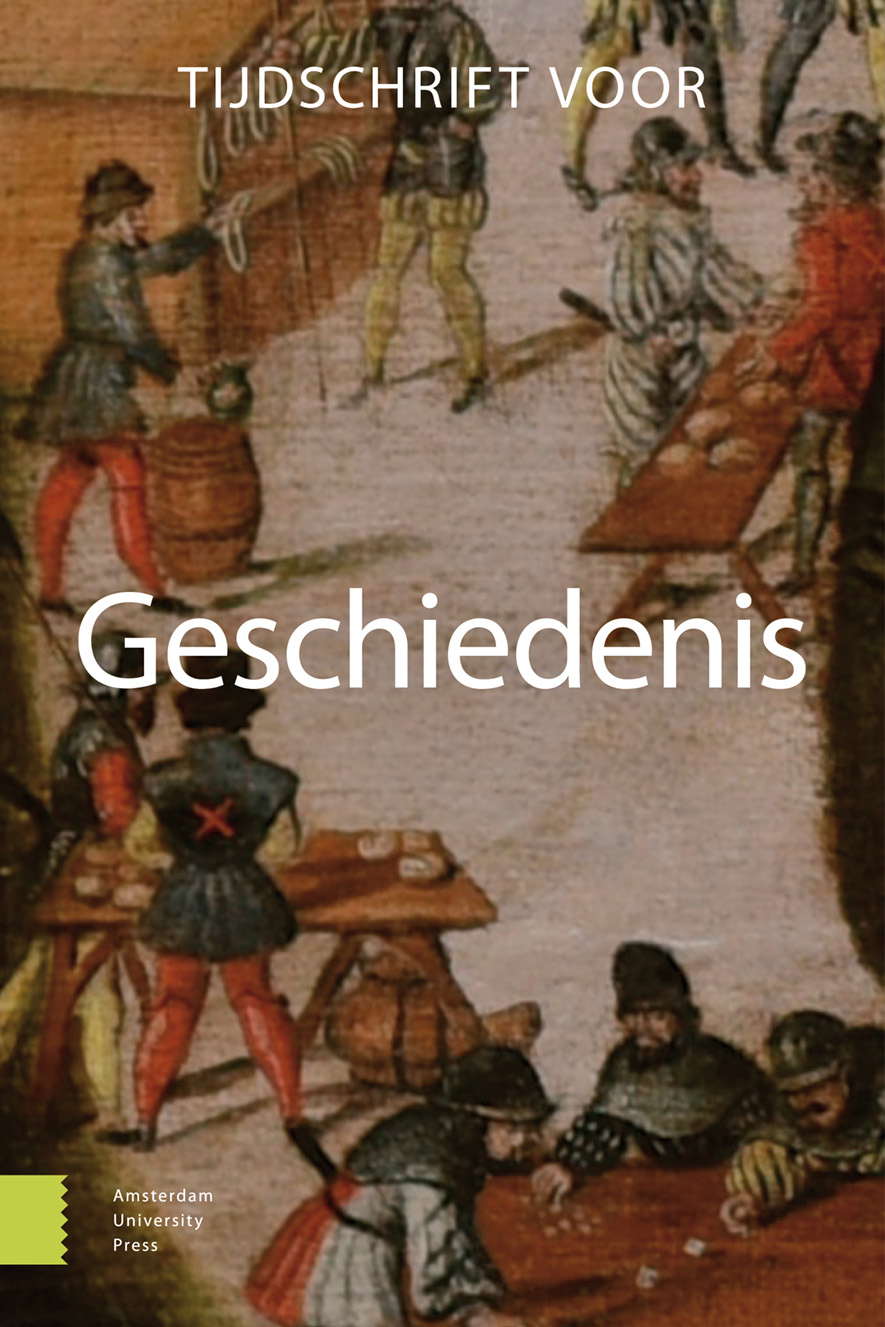-
oa Bloedwraak en vete in de late middeleeuwen
- Amsterdam University Press
- Source: Tijdschrift voor Geschiedenis, Volume 123, Issue 2, May 2010, p. 158 - 177
Abstract
Modern descriptions of the medieval culture of violence usually lump together two distinct forms of private retaliation: taking blood revenge after a homicide and declaring war (or ‘a feud’) on one’s enemies because of grave injustice done. Without any doubt, this is partly due to the vague or ambiguous terminology in many medieval sources. Even so, in a legal context blood vengeance and feuding were meticulously kept apart, and treated differently. By observing this legal distinction we can get a better view of the attempts made by late medieval states, in different periods and along diverse tracks, to extend their monopoly of violence at the cost of more or less institutionalised forms of private violence. Around 1500, this process of containment was not anywhere near completion, but thanks to the gradual criminalisation of vengeance killings, feuding and other types of private warfare, a process that was supported by fundamental changes of mentality vis à vis family solidarity and the uncontrolled use of physical force, the end of a world in which people frequently ‘took the law into their own hands’, had come in sight.


